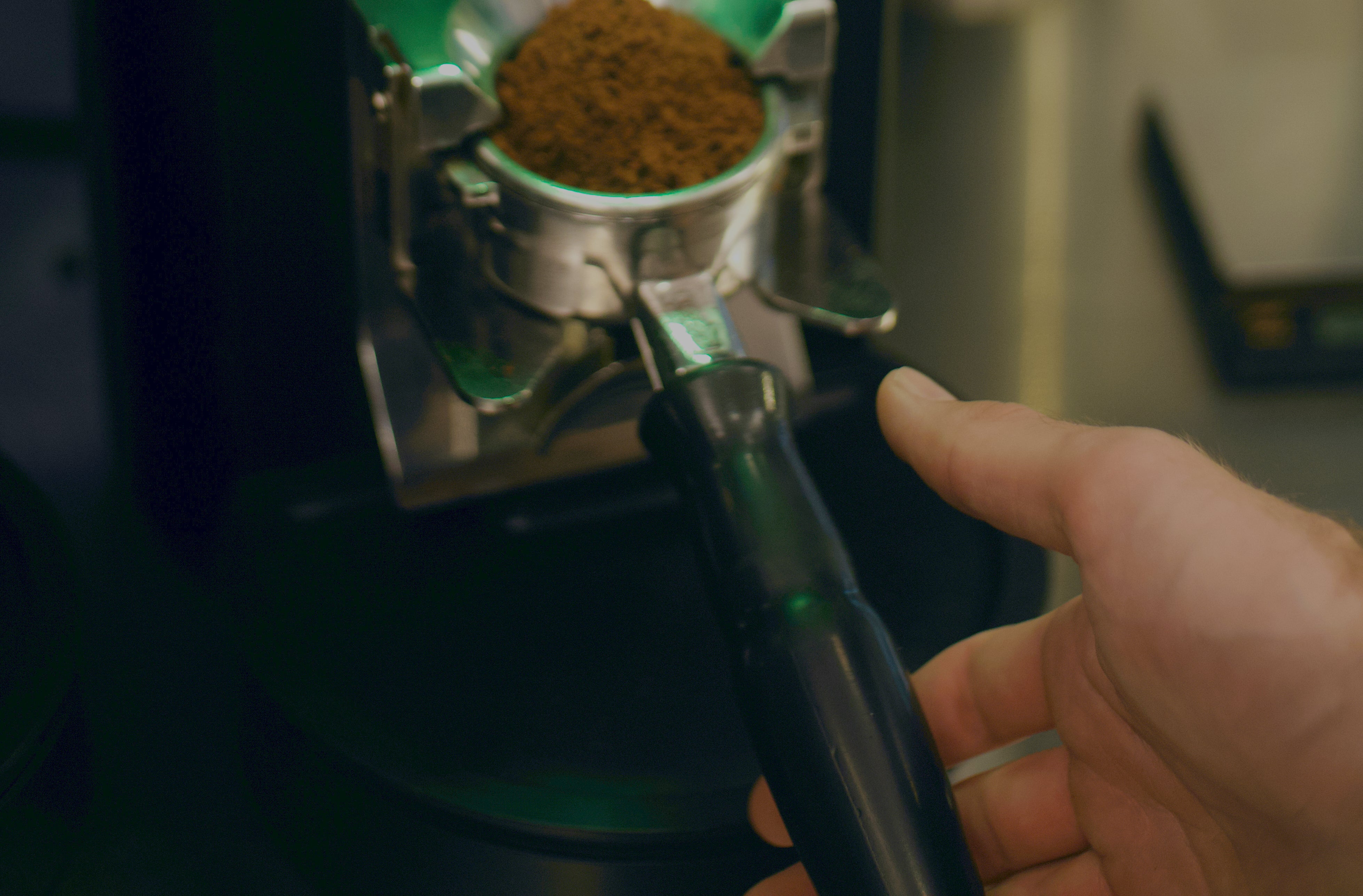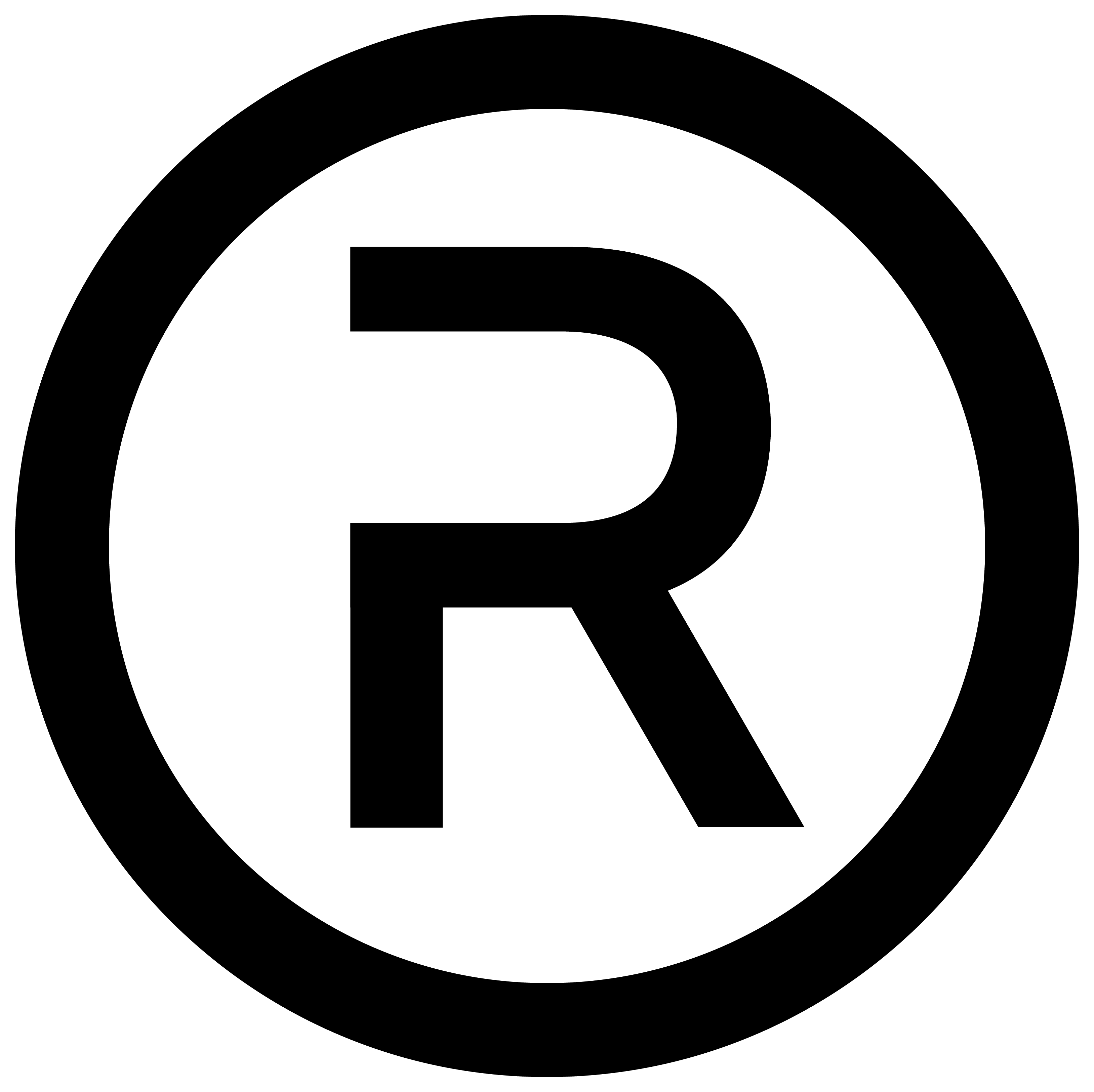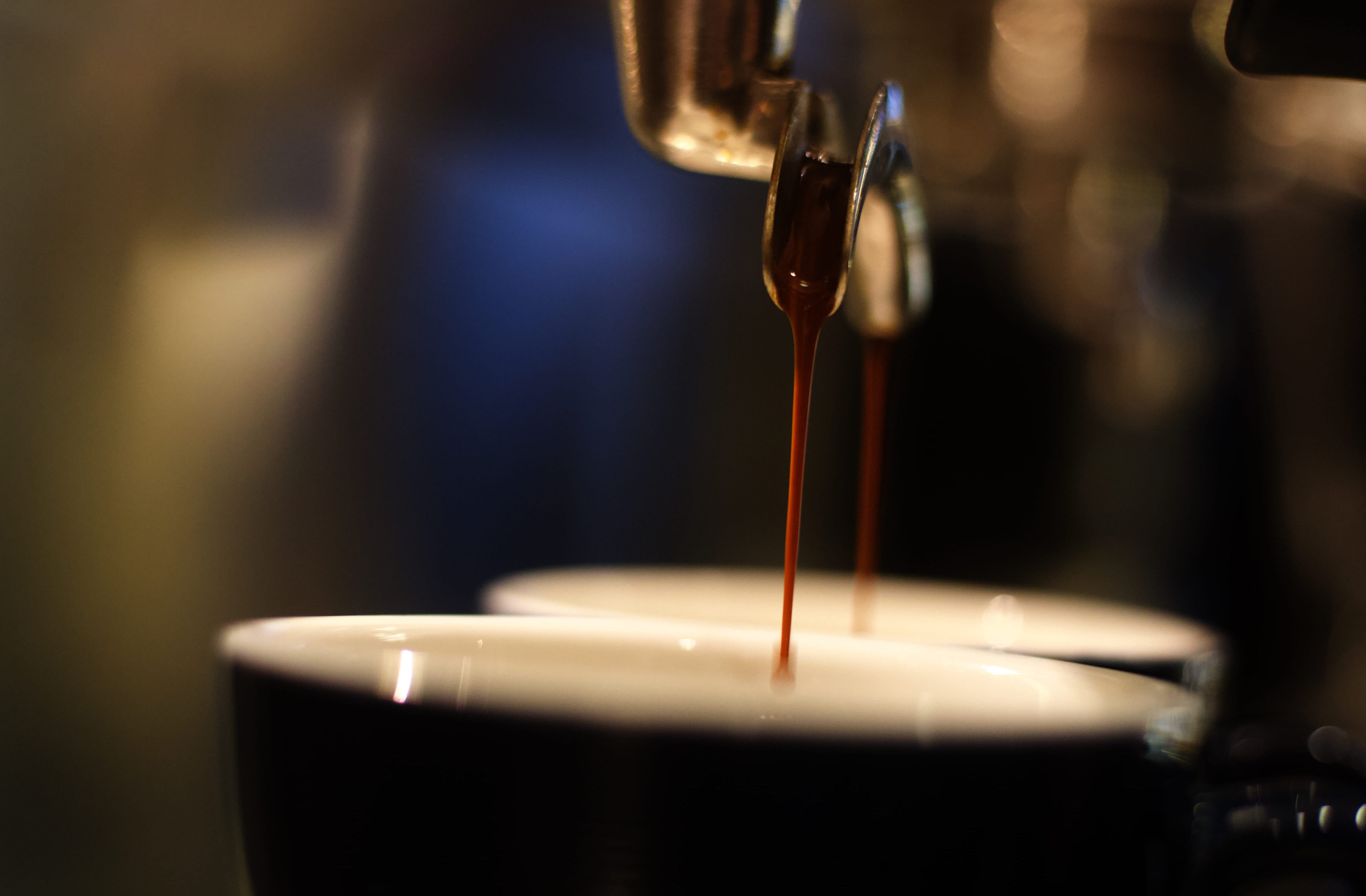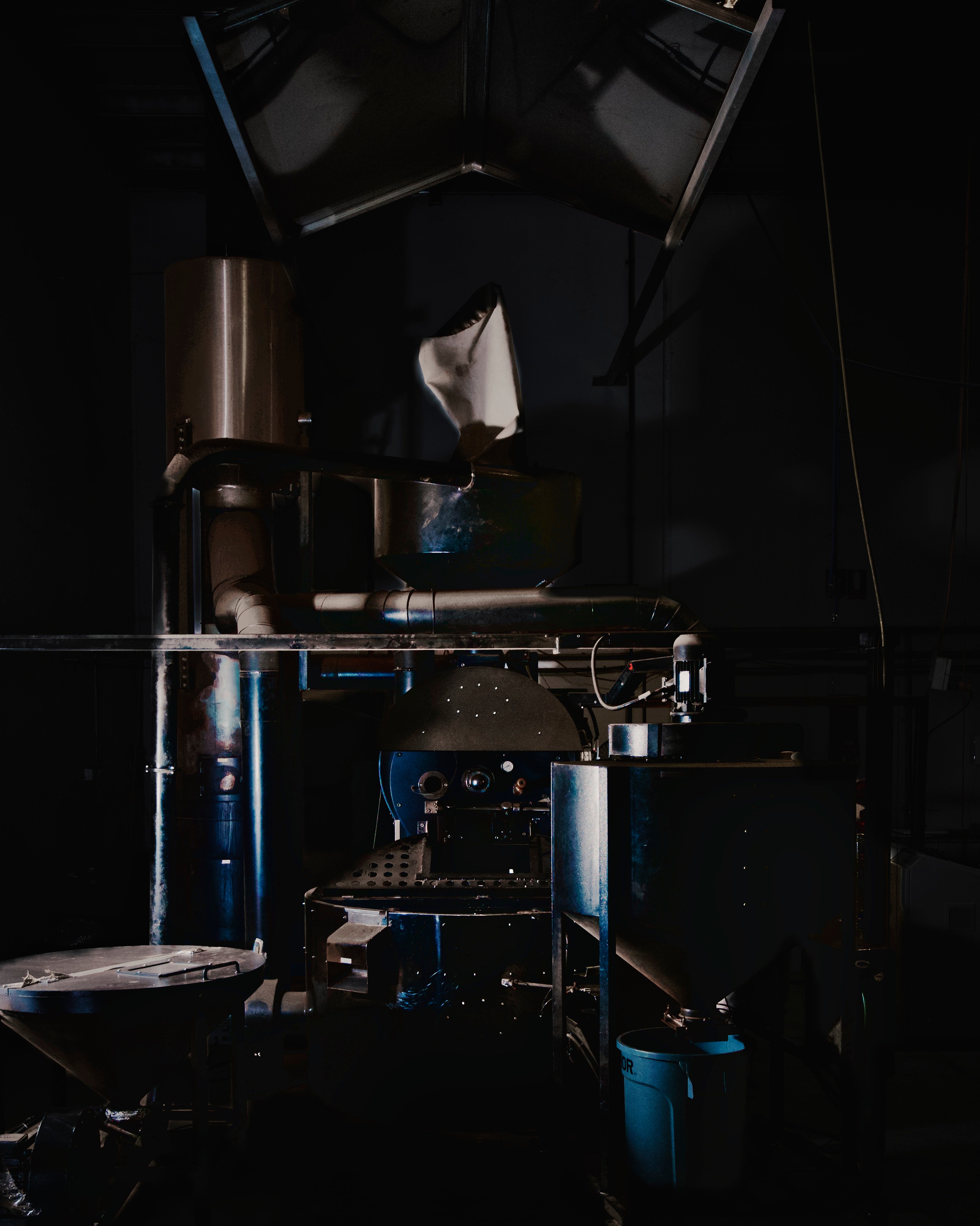
Coffee Pricing: Why the Cost of The Cup is Going Up Across The World
It's 2023 and the words 'price increase' are certainly not new. But one thing that is clear across the board is that coffee across Australia, and the rest of the world, is more expensive than it was. We explore below how this has happened, and what the future coffee pricing landscape might look like...
Increase Cause #1: The Coffee Bean
First, let's start with the coffee crop itself. South America is the most prominent arabica coffee producing region in the world. With changes in the climate affecting the growing conditions of the crop recently, the sellable coffee yield that farmers are able to produce is decreasing. Recent draughts and frost in countries such as Brazil have lowered outputs across farms in 2021, causing shortages in coffee whilst demand for Arabica coffee beans remains high.
This means green coffee purchasers are paying more per kilogram of coffee from the farmers, and this cost is being absorbed by coffee roasters and cafes. For these companies to continue to stay afloat, this cost is then eventually passed to the customers.
Increase Cause #2: Hospitality Industry Changes
Another effect from the COVID-19 pandemic is the change in the workforce skills and population of available hospitality workers. In the midst of the pandemic, the strict restrictions which forbid hospitality workers from heading to work each day and collecting a consistent pay check, have caused many workers to leave the hospitality industry.
This large gap in hospitality workers is slowly being recovered, but slow recovery in this area is leaving cafe venues short-staffed. In order to keep their customers satisfied, cafes are finding heavy competition with other venues to hire and maintain their staff. This means wages are generally higher now for hospitality workers, which is another increased cost for cafes to cover.
Increase Cause #3: The Rising Costs of Energy
Utilities increases are another source of economic strain we've all started to see in 2023. The instability in the economy coming out of the COVID-19 pandemic, combined with the effects of the war in Ukraine, has caused global shortages in energy supply and security. And, once again, these shortages the alongside high demand create price increases. This means all physical premises are paying more for their utilities. These price increases are causing cafe owners to be paying more for their spaces, but also causing coffee roasteries to be paying more to reach the temperatures they need to roast their beans. So, cafes are hit with two major economic blows: they are paying more to house their customers, and they are also paying more to their wholesale suppliers.
Once again, in order to stay profitable, cafes must pass these increased energy costs into the price of each cup.
The Future of Coffee Pricing
Overall, these key sources of cost increases for cafes must ultimately be passed on to the consumer for the cafe to be able to stay afloat and continue to make profits. We can't be certain how the future of Brazil and South America's climate will fare, but we do know that we are likely to see more unprecedented and extreme weather that will negatively affect the grow of the crop in this region. This, alongside the general inflation era of the economy (also increasing the cost of other resources such as milk, cleaning products, cups and furniture) means we won't be returning to the days of cheaper coffee anytime soon.
One thing we can be certain of at Rosso Coffee Roasters is, despite the rising costs of living in Australia, we ensure the farmers we work with are compensated fairly for their work. We partner with Ally Coffee to supply our green coffee, who focus on ethical fair partnerships with the coffee producers.



Leave a comment
This site is protected by hCaptcha and the hCaptcha Privacy Policy and Terms of Service apply.